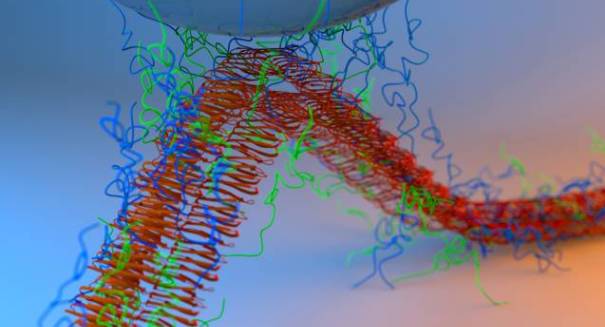
A team of MIT researchers engineered a strong waterproof adhesive based on mussel proteins and could be used to repair ships or heal surgical wounds.
According to a study published Monday in the journal Nature Nanotechnology, a group of MIT engineers designed a new waterproof adhesive material, modeled after proteins that help shellfish cling to rocks and boats underwater and believed to have potentially significant naval and medical applications.
Researchers of the study, led by former MIT postdoc Chao Zhong of ShanghaiTech University, engineered bacteria into producing a hybrid material of both naturally sticky mussel proteins and slimy bacterial protein found in biofilms. The result is a waterproof adhesive even stronger than the adhesives secreted by mussels alone.
According to a recent statement, the researchers believe that the project represents a new approach to synthesizing biological materials, “using bacteria as tiny factories.”
“The ultimate goal for us is to set up a platform where we can start building materials that combine multiple different functional domains together and to see if that gives us better materials performance,” said Timothy Lu, associate professor of biological engineering and electrical engineering and computer science (EECS) at MIT.
Reports show that the adhesive substance secreted by mussels is composed of various proteins known as mussel foot proteins. While the process for creating the new waterproof adhesive is successful, it is still extensive and only allows for the production of small amounts at a time. The next goal for the researchers is to try and improve the process and generate larger quantities of the adhesive.
“We’re trying to figure out if by adding other mussel foot proteins, we can increase the adhesive strength even more and improve the material’s robustness,” said Lu. “A lot of underwater organisms need to be able to stick to things, so they make all sorts of different types of adhesives that you might be able to borrow from.”
According to MIT, the research team also plans to produce “living glues” containing bacteria that can sense damage to a surface and repair it on its own through adhesive secretion.
Leave a Reply